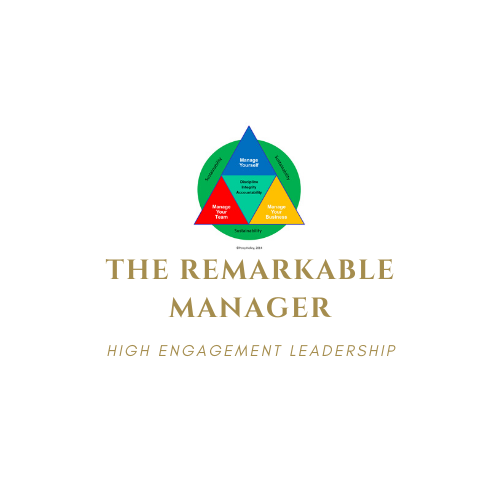But I Don’t Want to Be a Change Agent!
It comes up time and time again in coaching conversations – “When is good enough, good enough? Why do I always need to be looking for ways to grow and change the business?”
Dear leader, if there is no need for change, there is no need for you! (you can tweet that!)
Most of the comments that I receive like this come from leaders whose business is doing well. At least they are doing well at the moment. Life is good and everything is working.
3 Questions for Change
Question #1 – Why Change? Especially when things are good. One thing I have noticed over my 30+ years of doing business is that good times have a way of not lasting. There are cycles. Stuff happens. Circumstances change. And that’s why you need to always be looking for ways to improve and grow.
Question #2 What is There to Change? Especially when times are good. Look at how you conduct business, the processes that drive revenue, reduce costs or increase efficiencies. These are the areas that tend to be ignored when times are good.
Question #3 – How do I get buy-in from the team to embrace change? Especially when things are going well. There are two common reasons that teams working in successful businesses resist change:
First, they are consumed with today. They have not considered what tomorrow could or should look like. Even if there is an obvious problem to solve they sometimes act as if someone else will solve it when they get time.
Second, they don’t have a clear understanding of what problems they could be solving. And without a clear understanding (and agreement) on the problem, we can find ourselves majoring on minors and not majoring on majors.
Repeating Vision
As a leader, you should be constantly communicating a vision of what the future looks like. This helps the team to embrace “what’s possible” versus “what is”. It also helps them to develop a clear WHY they need to be constantly moving toward that future.
One exercise I did with a team recently was to ask each department leader to come up with a single statement that described a problem they needed to solve in their department. Even when business was good, each one of them, after some prodding, were able to come up with a problem statement.
The solution to that problem is the change they need to drive.
